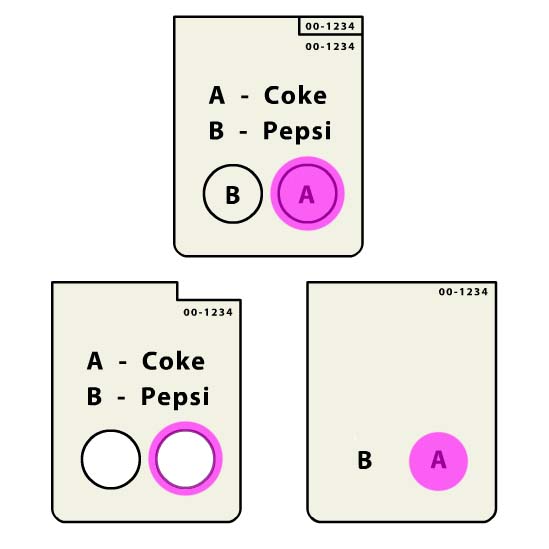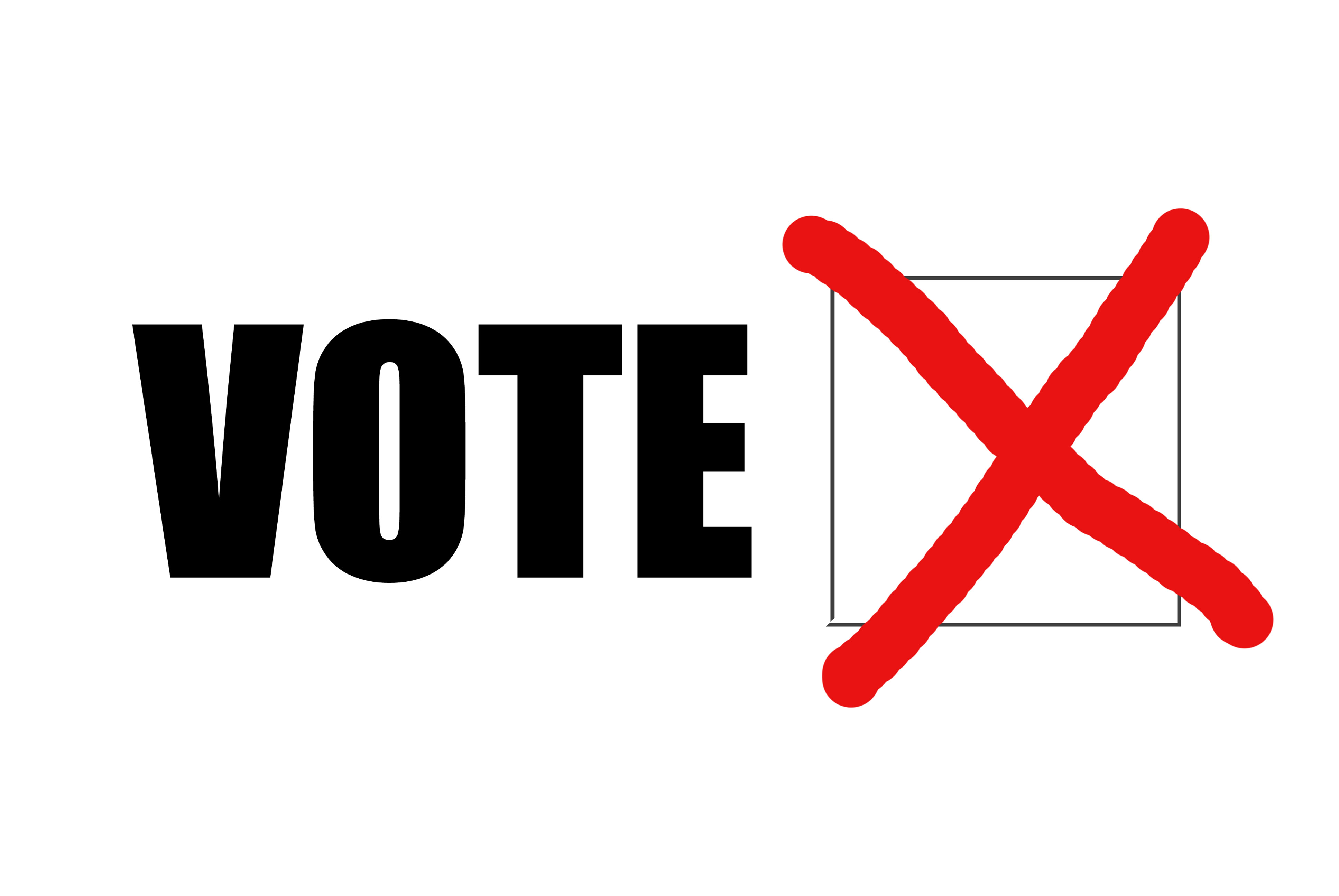
Although the country as a whole has been devastated by the current economic recession, some places have fared worse than others. And among the states that have struggled the most in the last few years, California is arguably an unfortunate frontrunner. The state’s budget deficit rose from $19 billion in 2010 to $20 billion in 2011, and the gap is expected to persist if not grow over the next several years.
This November, California voters will have the opportunity to weigh in on the issue directly. Two measures being offered on the ballot – Proposition 30 and Proposition 38 – share the intention of increasing state tax revenue and placing renewed focus on funding for public schools. But the two measures employ very different approaches to these ends and ultimately represent competing alternatives. It’s like Highlander: There can only be one. And clearly neither measure is perfect.
A quick breakdown (who doesn’t love Ballotpedia?):
While Proposition 38 would raise tax rates for all taxpayers based on a revised sliding scale, tax increases under Proposition 30 would primarily affect wealthier taxpayers. Under Proposition 38, California residents would also experience immediate and drastic cuts to government services, particularly to education, while these cuts would be narrowly avoided under Proposition 30.
But the most important differences may be long-term. Proposition 38 provides that increased tax revenues would go directly into The California Education Trust Fund, a new account dedicated to public education and independent of the state’s General Fund. Like Proposition 38, Proposition 30 would also route new revenue into a fund dedicated to public education, but it’s important to note that the new Education Protection Account that it would create would fall within the state’s General Fund.
Although Proposition 38 would dedicate a certain proportion of new revenues to paying down the state debt, its supporters express concern over the possibility that revenues from Proposition 30, funneled into the state’s General Fund, could potentially be similarly tapped for non-education purposes. Of course, California’s legislature does have a record of suspending the law regulating state K-12 funding, so this is not an empty concern.
However, those who support Proposition 30 make the argument that it is “the fairest way [to address the funding gap] because it won’t cut far into middle-income pocketbooks.” Proposition 30 would also bring more immediate relief to many residents, by allowing California to dodge upcoming cuts of “up to $5.3 billion from the state’s public schools and community colleges, half a billion from its universities and about $100 million total from other state departments and local public safety grants.” $5.3 billion!
As of September, Proposition 30 was in the lead among voters, with 52% of individuals in one poll saying that they would probably vote for it (40% stated that they would vote against, and 8 percent were undecided). Needless to say, both measures are highly politicized; the same poll found that while Democrats were split between the two (73% for Proposition 30 and 61% for Proposition 38), a majority of Republican voters opposed both (65% against Proposition 30 and 68% against Proposition 38).
Organized labor, including the California Federation of Teachers and the California Teachers Association, is also a key supporter of Proposition 30. However, it’s been impossible for unions to give the issue their full attention. Proposition 32, which will also be on the ballot this election, would prevent unions (and corporations) from making political contributions using dues automatically deducted from members’ pay. Although the measure is unlikely to pass, teachers unions have already contributed over $19 million to combat it, and for good reason. Should Proposition 32 pass, unions would be prevented from making their traditional contributions to sympathetic Democratic campaigns, and Democratic candidates in turn would lose one of their most important sources of funding in the name of campaign finance reform. For better or worse, the passage of this measure would result in a dramatic reduction in the political leverage wielded by California’s organized labor, including teachers.
Propositions 30 and 38 are touted as potential solutions to the issue of education funding in California, and voters are all too aware of the consequences should both fail to pass. But measures like Proposition 32 present a wild card, with particularly interesting implications given current feelings about teachers unions in the mainstream (see Chicago’s recent teachers strike). Just one more thing to keep your eye out for this November.
